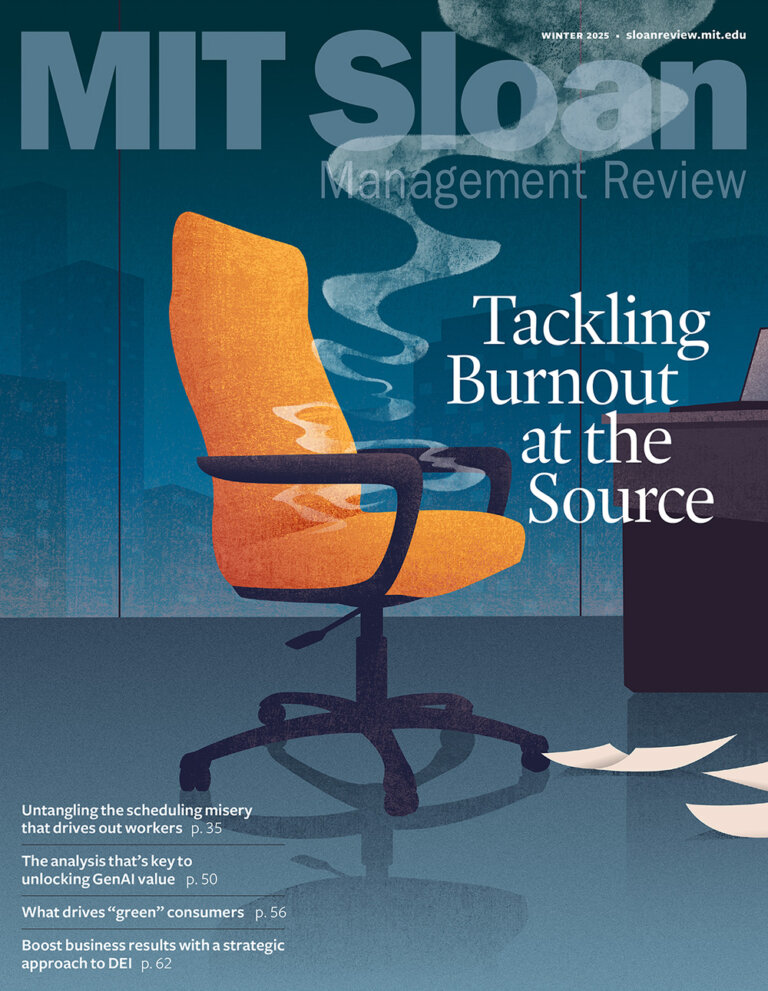Chinese Hackers Breach US Treasury Workstations in Significant Cybersecurity Threat

Chinese Hackers Accessed US Treasury Workstations in ‘Major’ Cybersecurity Incident
Source: SecurityWeek
Summary of the Incident
- Chinese hackers managed to remotely access US Treasury Department workstations through a compromised cloud-based service provided by BeyondTrust.
- The breach has been classified as a "major cybersecurity incident," though specifics about the extent of the compromise remain unclear.
- A letter to lawmakers revealed that access was gained via a stolen key meant to secure remote technical support services.
Details of the Breach
- Aditi Hardikar, Assistant Secretary for Management at the Treasury, informed that the breach was detected after BeyondTrust alerted the Department on December 8, 2024.
- The hackers' access allowed them to bypass several security measures, resulting in the potential exposure of unclassified documents.
- The attack has been linked to a state-sponsored Advanced Persistent Threat (APT) actor from China.
Government Response
- The Treasury is collaborating with the Cybersecurity and Infrastructure Security Agency (CISA), the FBI, and forensic experts to assess the damage and monitor the situation.
- As a precaution, the compromised service has been taken offline, with no evidence currently indicating that hackers retain access to Treasury data.
Relevance to Ongoing Cybersecurity Concerns
- This incident follows a broader campaign of Chinese cyberespionage activities that have compromised various US telecommunications companies.
- Experts emphasize the necessity for increased vigilance and robust cybersecurity measures across government and private sectors to mitigate similar attacks in the future.
Related Information
- BeyondTrust has released patches for critical vulnerabilities exploited during the incident to enhance security measures.
- The awareness of such incidents underscores the growing need for effective incident response strategies and continuous monitoring of cybersecurity threats.




